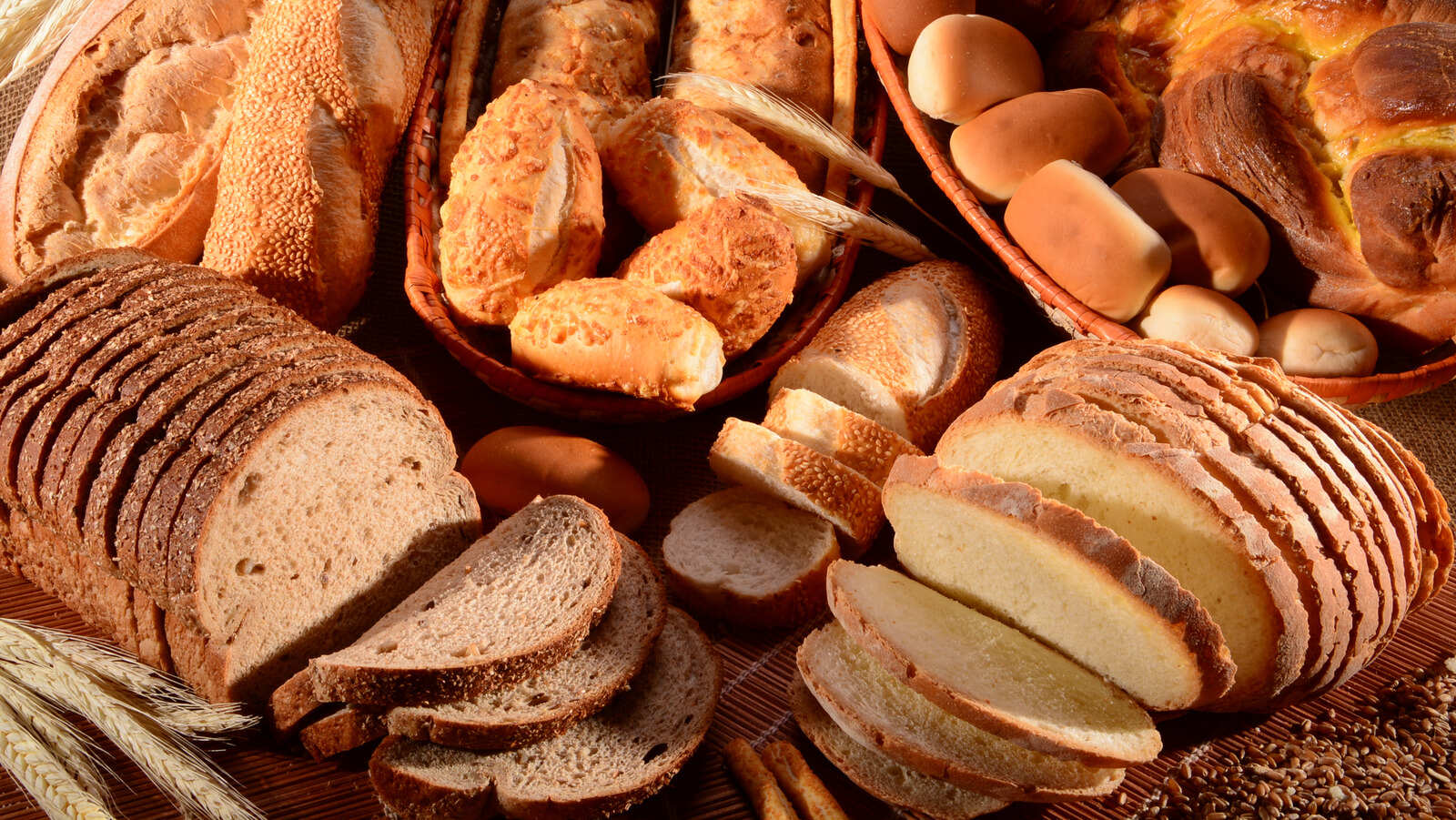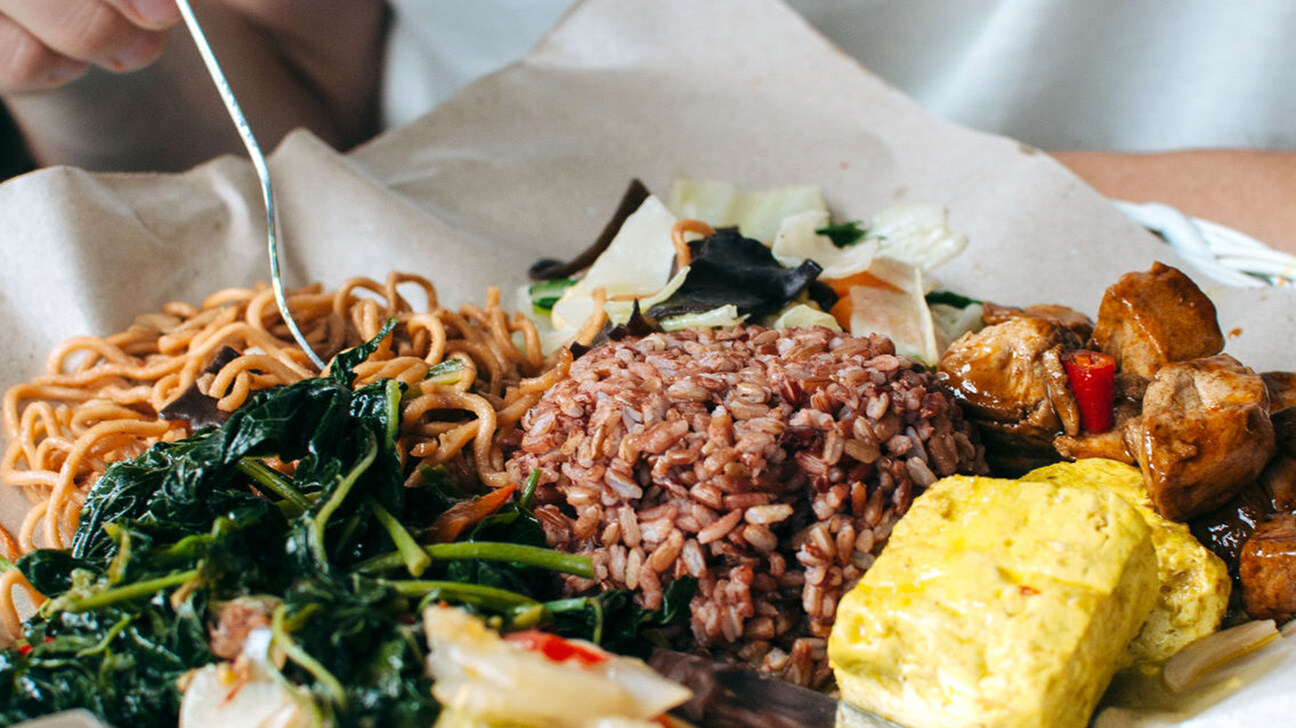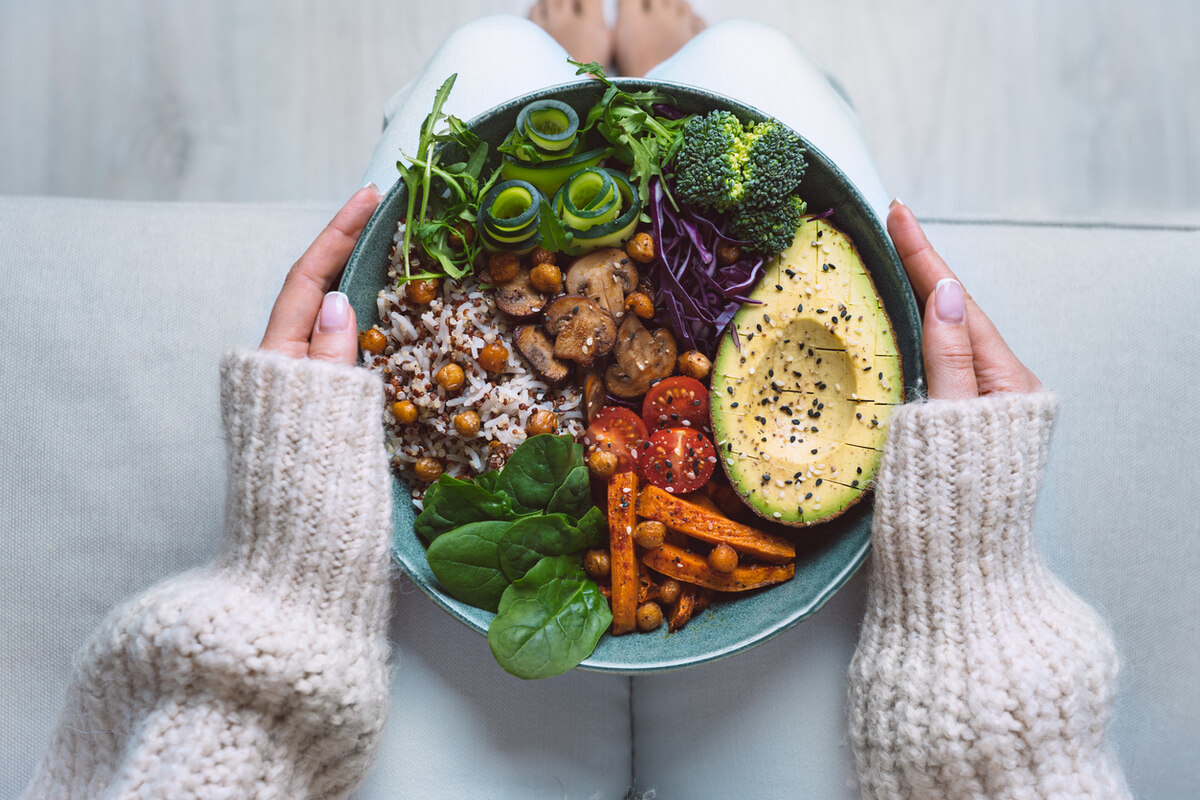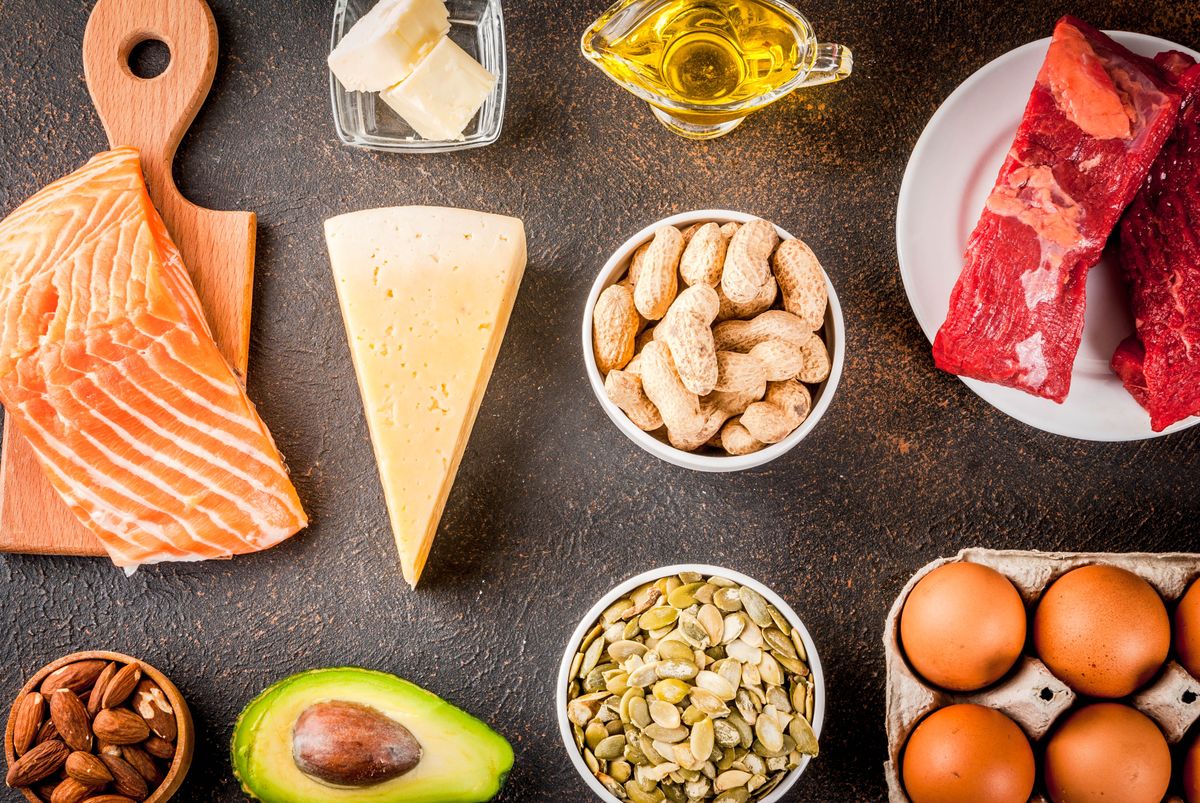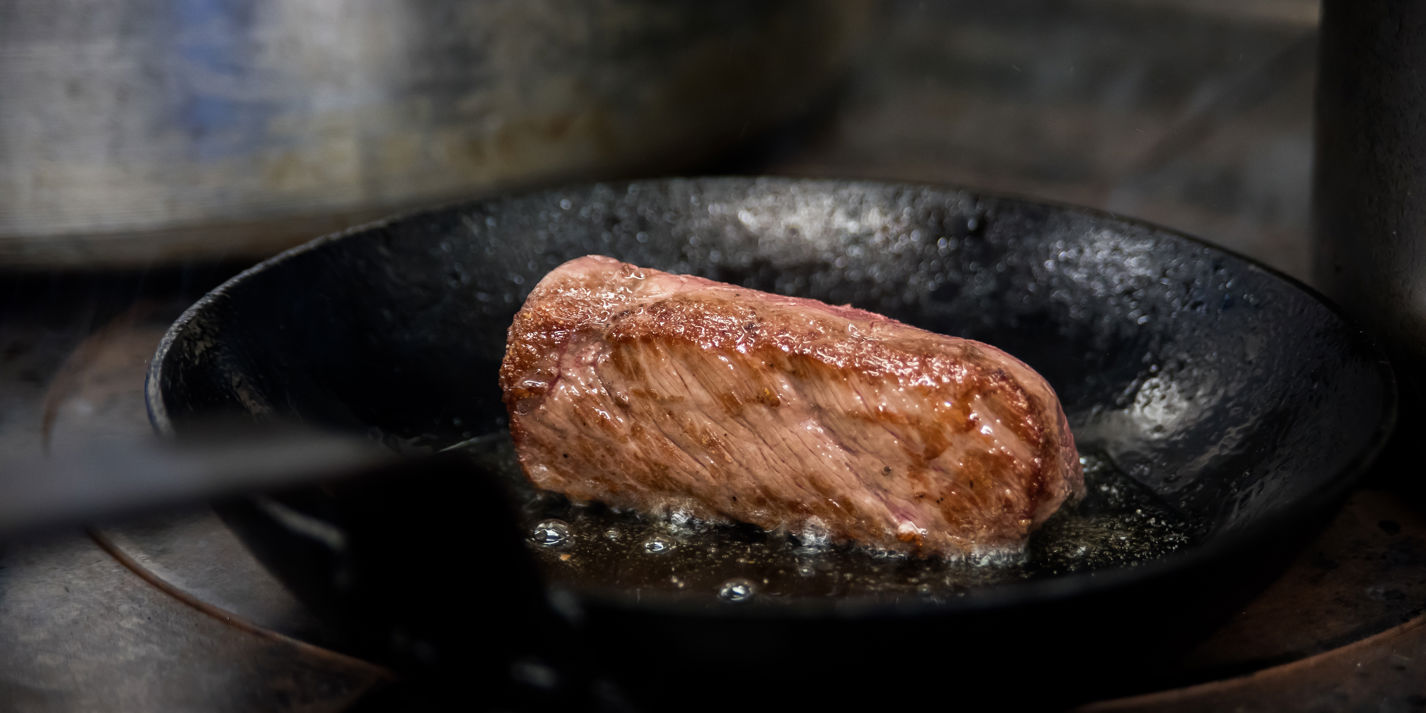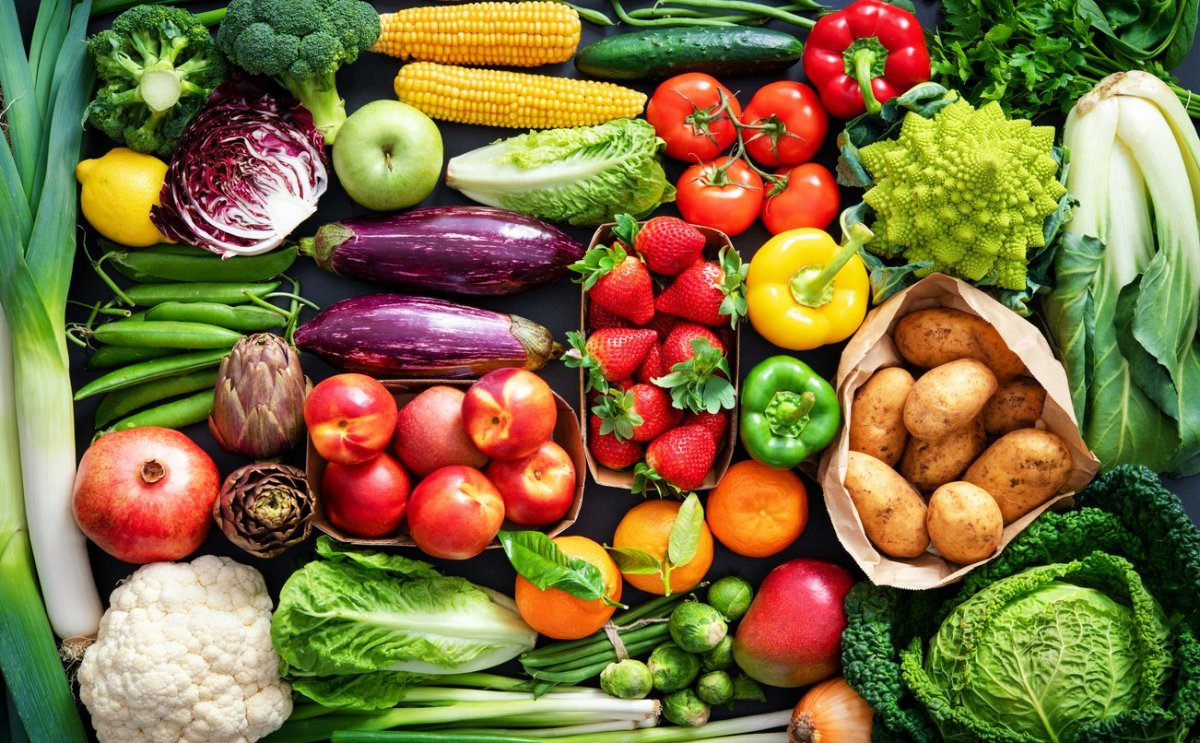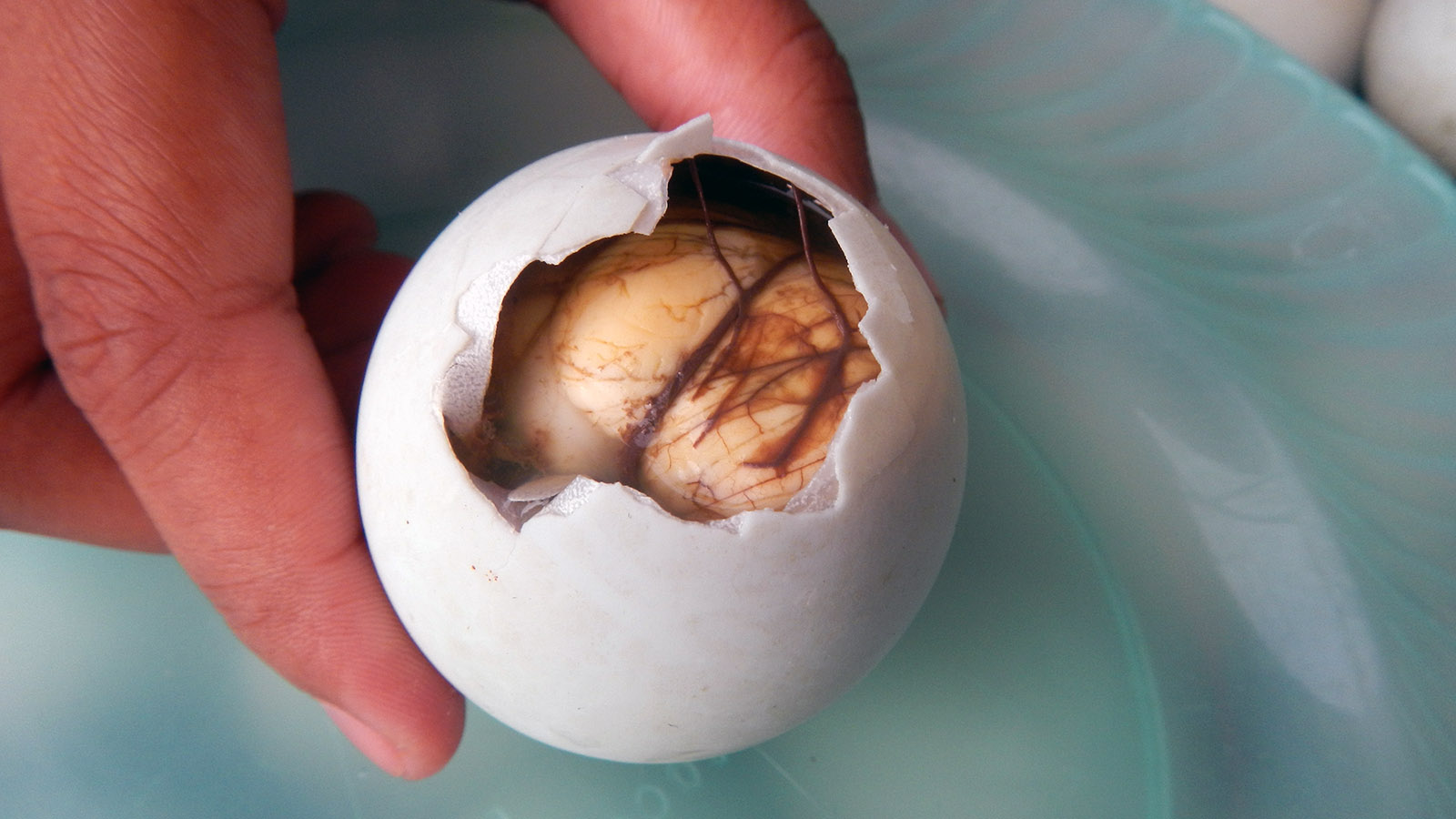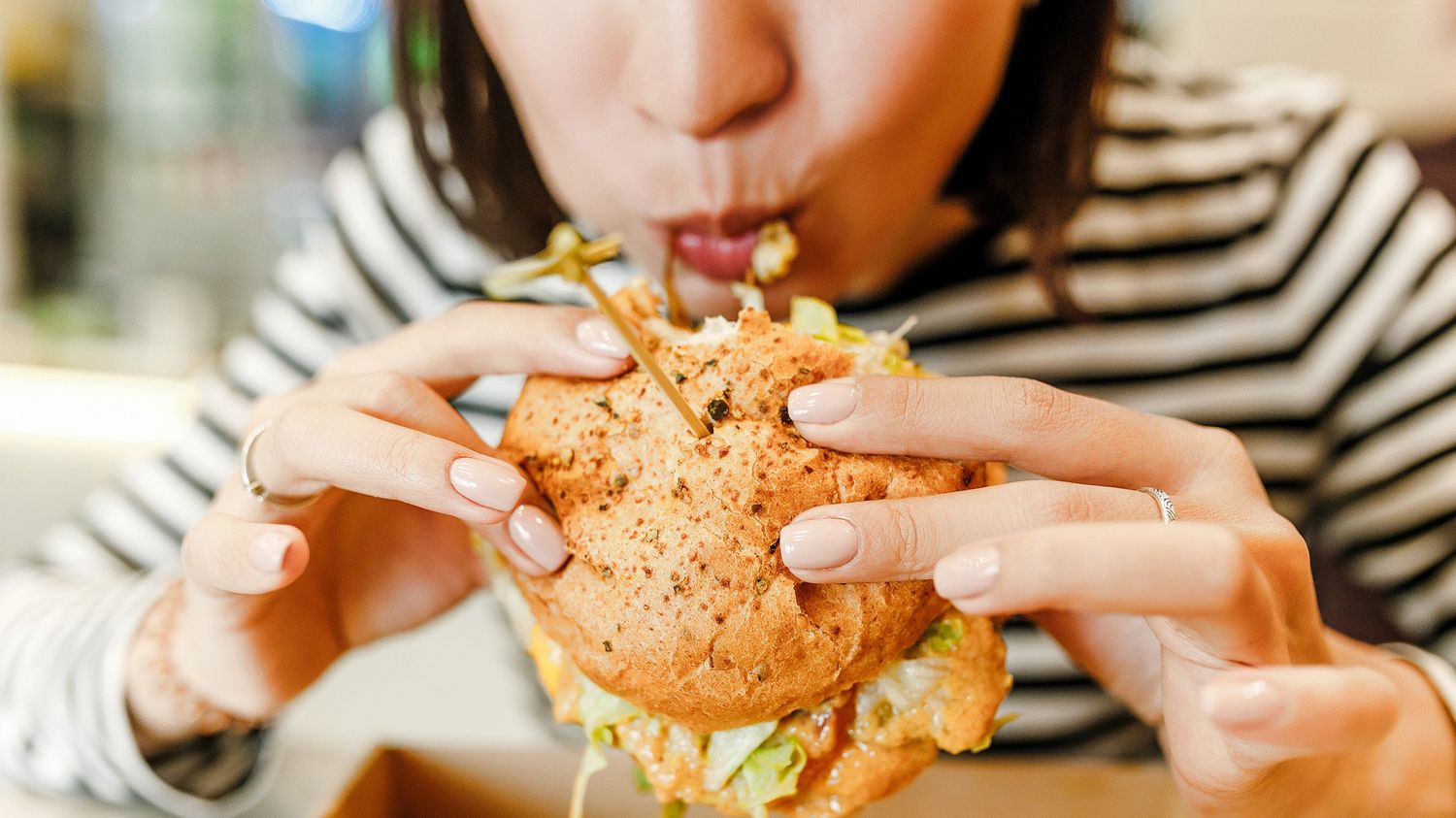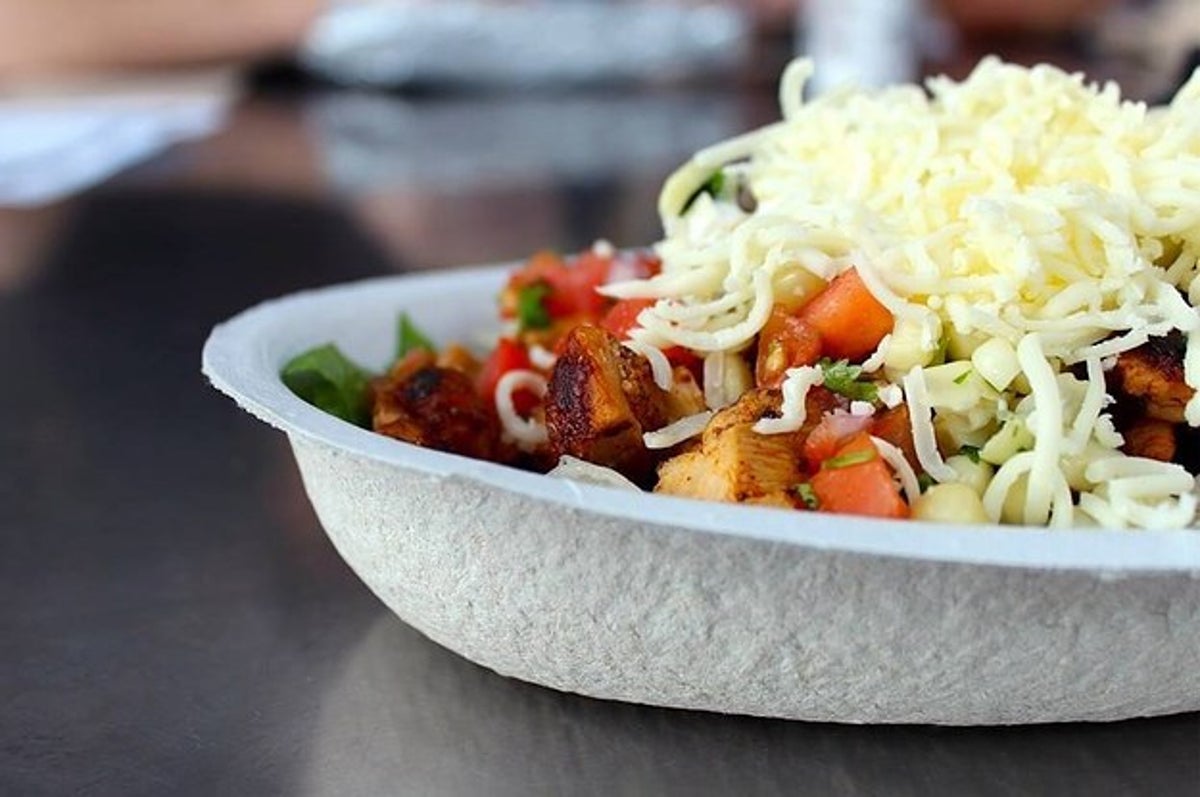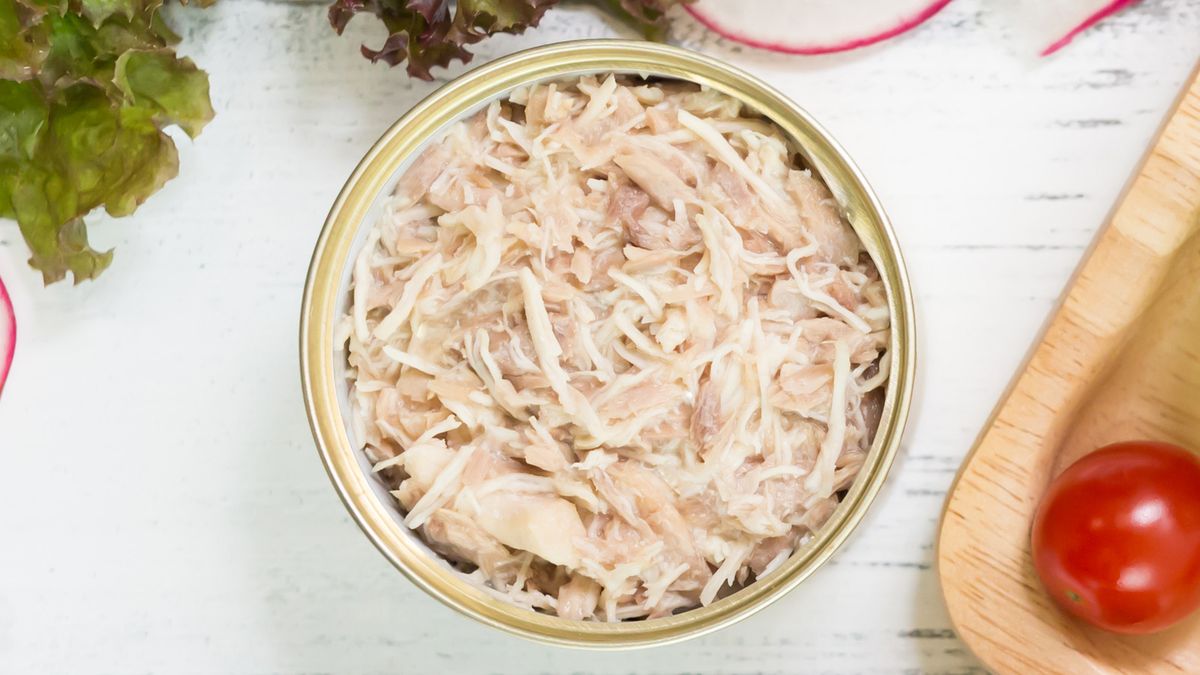Boost Your Fibre Intake with These Simple Tips
Getting enough fibre in your diet is essential for maintaining a healthy digestive system and overall well-being. The recommended daily intake of fibre is 25 grams for women and 38 grams for men, but many experts suggest aiming for 40 grams a day for optimal health. If you’re looking to increase your fibre intake, here are some simple tips to help you reach that goal.
1. Start Your Day with a High-Fibre Breakfast
Breakfast is the perfect opportunity to kick-start your fibre intake for the day. Opt for whole grain cereals or oatmeal topped with fresh fruits such as berries or bananas. These options are not only delicious but also packed with fibre to help you meet your daily target.
2. Snack on Fibre-Rich Foods
Snacking can be a great way to increase your fibre intake. Choose snacks like nuts, seeds, and dried fruits to keep you feeling full and satisfied while also boosting your fibre consumption.
3. Load Up on Fruits and Vegetables
Fruits and vegetables are some of the best sources of dietary fibre. Aim to include a variety of fruits and vegetables in your meals and snacks throughout the day. Apples, pears, broccoli, and carrots are just a few examples of fibre-rich options to incorporate into your diet.
4. Choose Whole Grains
When it comes to grains, opt for whole grain options such as brown rice, quinoa, and whole wheat bread. These choices are higher in fibre compared to their refined counterparts, making them a great addition to your daily meals.
5. Incorporate Legumes into Your Meals
Legumes such as beans, lentils, and chickpeas are not only rich in protein but also packed with fibre. Adding these legumes to soups, salads, and stir-fries is an easy way to increase your daily fibre intake.
6. Read Food Labels
When shopping for packaged foods, take the time to read the nutrition labels. Look for products that are high in fibre and low in added sugars and unhealthy fats. Choosing fibre-rich options can help you reach your daily target more easily.
7. Stay Hydrated
Drinking plenty of water is important for maintaining healthy digestion and supporting the benefits of fibre in your diet. Aim to drink at least eight glasses of water per day to help keep things moving smoothly.
8. Gradually Increase Your Fibre Intake
Rapidly increasing your fibre intake can lead to digestive discomfort. Instead, gradually introduce fibre-rich foods into your diet and give your body time to adjust. This approach can help prevent bloating and gas as you increase your fibre consumption.
By following these simple tips, you can easily increase your fibre intake to reach the recommended 40 grams per day. Remember to make gradual changes to your diet and stay hydrated to support healthy digestion as you work towards this goal.
